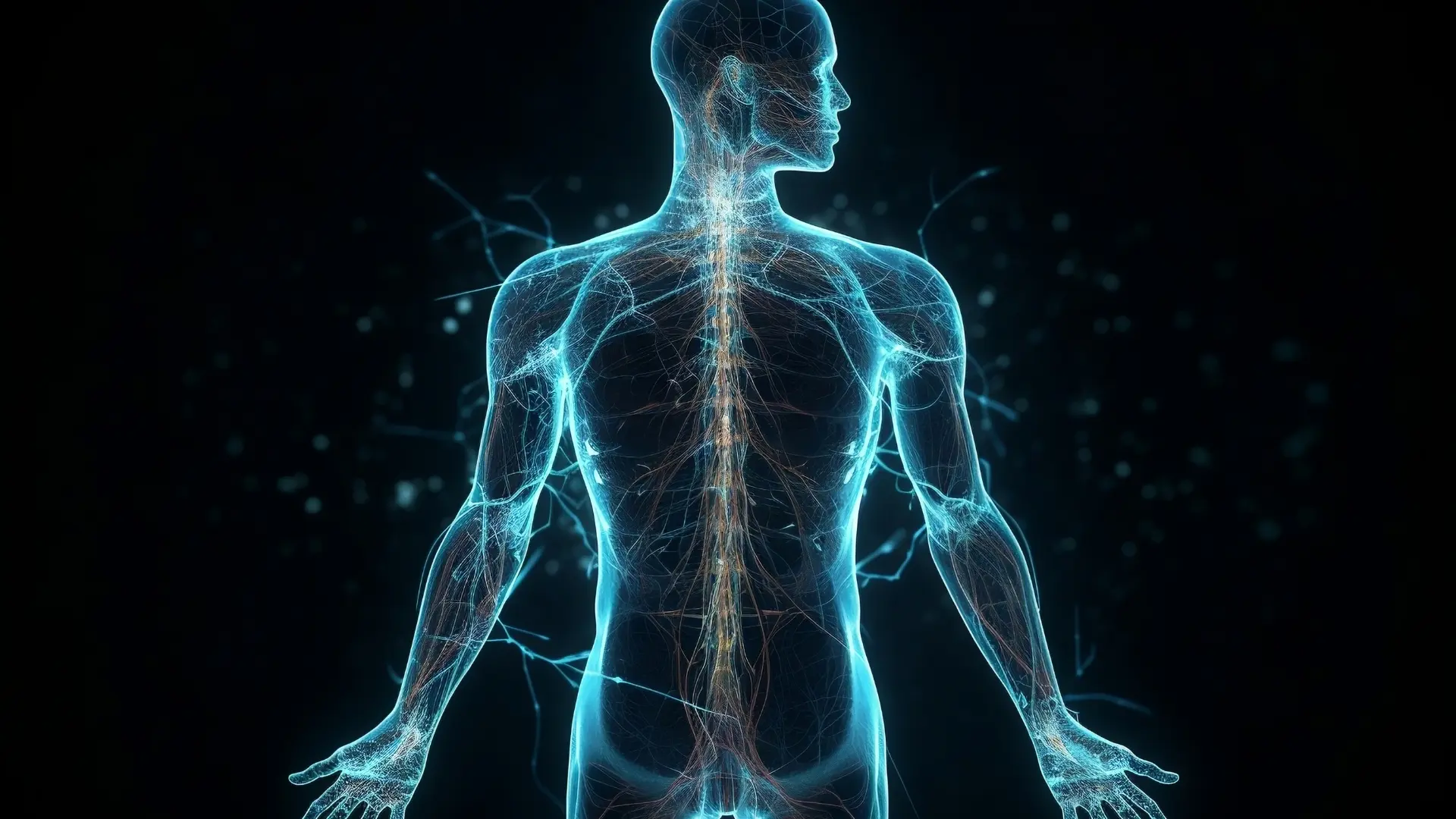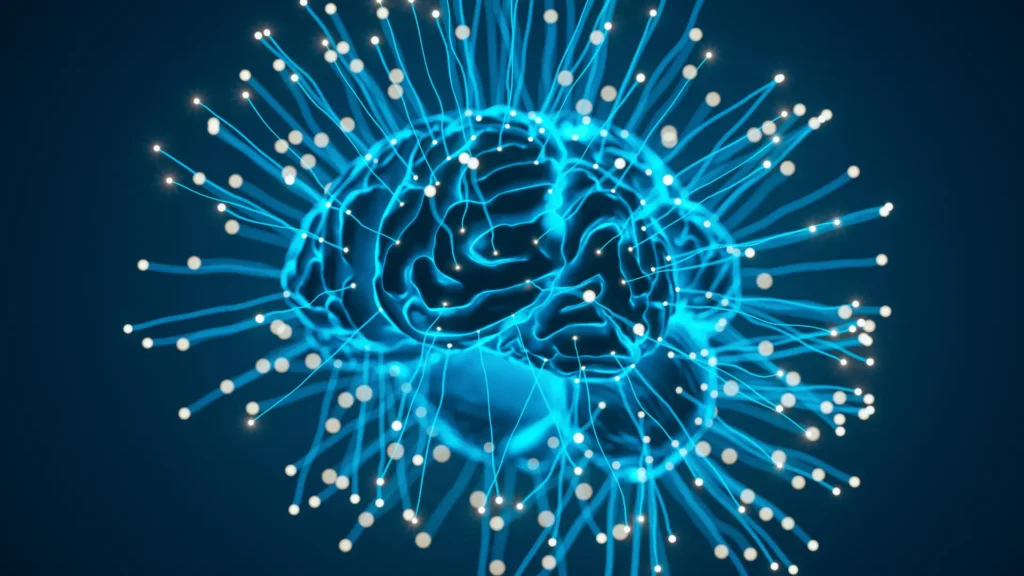Biohacking is the practice of making intentional changes to your lifestyle, diet, and environment to take control of and optimize your own biology. From a wellness perspective, it’s about using a systems-thinking approach to improve your general health, well-being, and performance.
Definition and Philosophy of Biohacking
The term biohacking refers to the art and science of managing your own biology. The philosophy is to view your body as a complex, interconnected system that you can influence and improve. Instead of passively accepting your genetic predispositions or current state of health, a biohacker actively experiments with various inputs—such as food, supplements, meditation, and technology—to achieve specific, desirable outputs, like more energy, better sleep, or enhanced cognitive function.
Main Categories of Biohacking
Biohacking exists on a wide spectrum, from simple lifestyle adjustments to advanced technological interventions.
Nutrigenomics and Wellness
This is the most accessible category of biohacking, focused on using nutrition and lifestyle to influence your health at a cellular level. It includes:
- Personalized Nutrition (Nutrigenomics): Using an understanding of how specific foods and nutrients interact with your unique genetic makeup to optimize your diet.
- Sleep Regulation: Experimenting with sleep schedules, such as polyphasic sleep cycles, and using techniques to improve sleep quality for better recovery and cognitive performance.
- Mind-Body Interventions: Utilizing ancient practices like meditation and breathwork as deliberate tools to regulate the nervous system.
The Quantified Self and Technology
This category involves using technology to gather data on your own body, allowing you to track progress and make more informed decisions. This is the “Quantified Self” movement. For example, I use an EEG headband (Muse S Athena) to monitor my heart rate, brain oxygenation, and brainwaves during meditation or intellectual activity. This data provides direct feedback on how a specific practice is affecting my physiological state. Common tools include wearable fitness trackers, continuous glucose monitors (CGMs), and sleep tracking apps. A related subtype of biohacking is neurohacking, which focuses specifically on optimizing the brain using technology, supplements, and other tools.
Grinder and Transhumanist Biohacking
This is the most extreme end of the spectrum, involving body modification with technology. “Grinders” are biohackers who surgically implant devices like magnets, RFID chips, or other cybernetic enhancements into their bodies. This category moves beyond wellness and into the realm of human augmentation and transhumanism.
The Biohacker’s Method: N=1 Experimentation
The methodology of biohacking is the n=1 experiment, which means you are the single subject of your own study. The process involves:
- Establishing a Baseline: Tracking a specific metric before making any changes.
- Introducing a Variable: Making a single, specific change (e.g., adding a supplement, starting a new breathing exercise).
- Tracking the Output: Meticulously collecting data to see how the variable affected the metric.
- Analyzing and Concluding: Determining whether the change was beneficial, detrimental, or had no effect for your individual system.
Common Biohacking Practices and Examples
Many practices now considered “wellness” are forms of biohacking. The key is the intentionality and systematic approach.
- Breathwork and Cold Exposure: The Wim Hof Method is a prime example. Wim Hof has scientifically demonstrated that through specific breathwork and cold therapy, it is possible to consciously influence the autonomic nervous system and the body’s immune response.
- Meditation and Mind-Body Control: Ancient practices are viewed as powerful biohacks. Tummo monks have proven that their breathing techniques and visualization can measurably raise their body temperature. My own Psychosomatic Training method is a system that allows an individual to intentionally control their own heart rhythm, muscular tension, blood flow, and mental states.
- Intermittent Fasting: Restricting your eating to a specific window of time to promote benefits like improved cellular repair (autophagy), better insulin sensitivity, and enhanced cognitive function.
Safety and Ethics
The safety of biohacking depends entirely on where you are on the spectrum. Lifestyle-based biohacks like meditation, dietary changes, and sleep optimization are generally very safe. However, the more extreme practices, especially in the “grinder” community, carry significant risks of infection, device failure, and unknown long-term consequences, as they are often performed outside of regulated medical environments.
Biohacking and the Future of Human Enhancement
From a wellness perspective, biohacking represents a paradigm shift toward personal empowerment and radical responsibility for one’s own health. It is a movement that encourages curiosity, self-experimentation, and the belief that you have the power to influence your own biology. As technology and our understanding of the human body continue to advance, the line between healing, optimization, and enhancement will continue to evolve.



